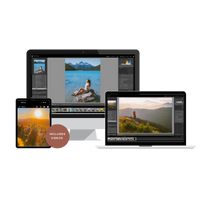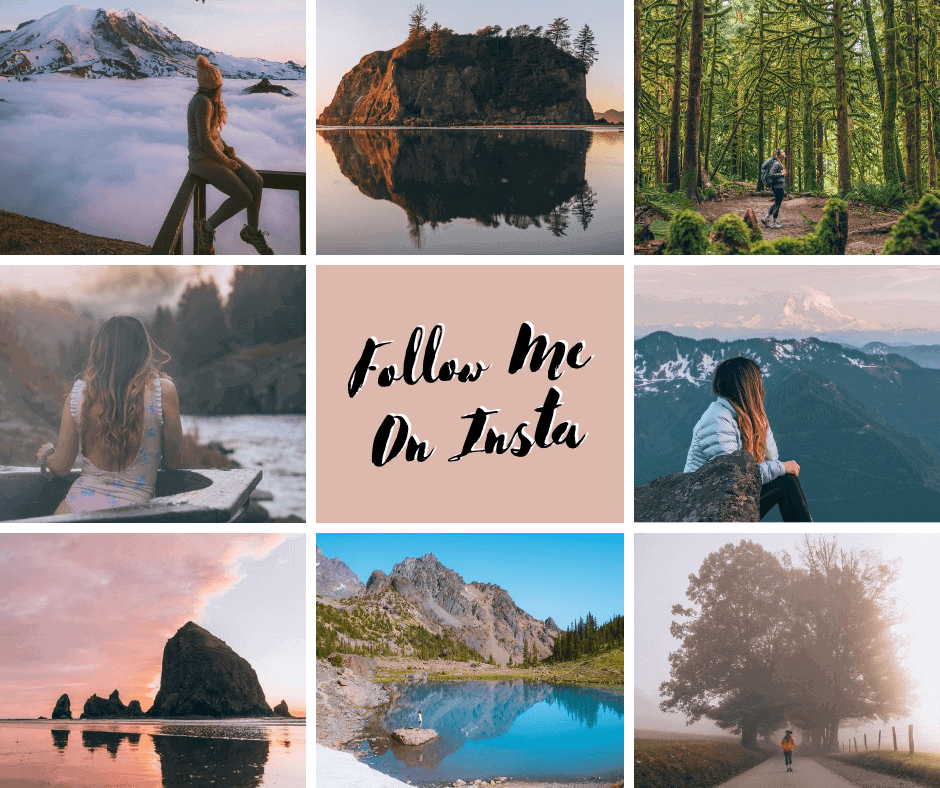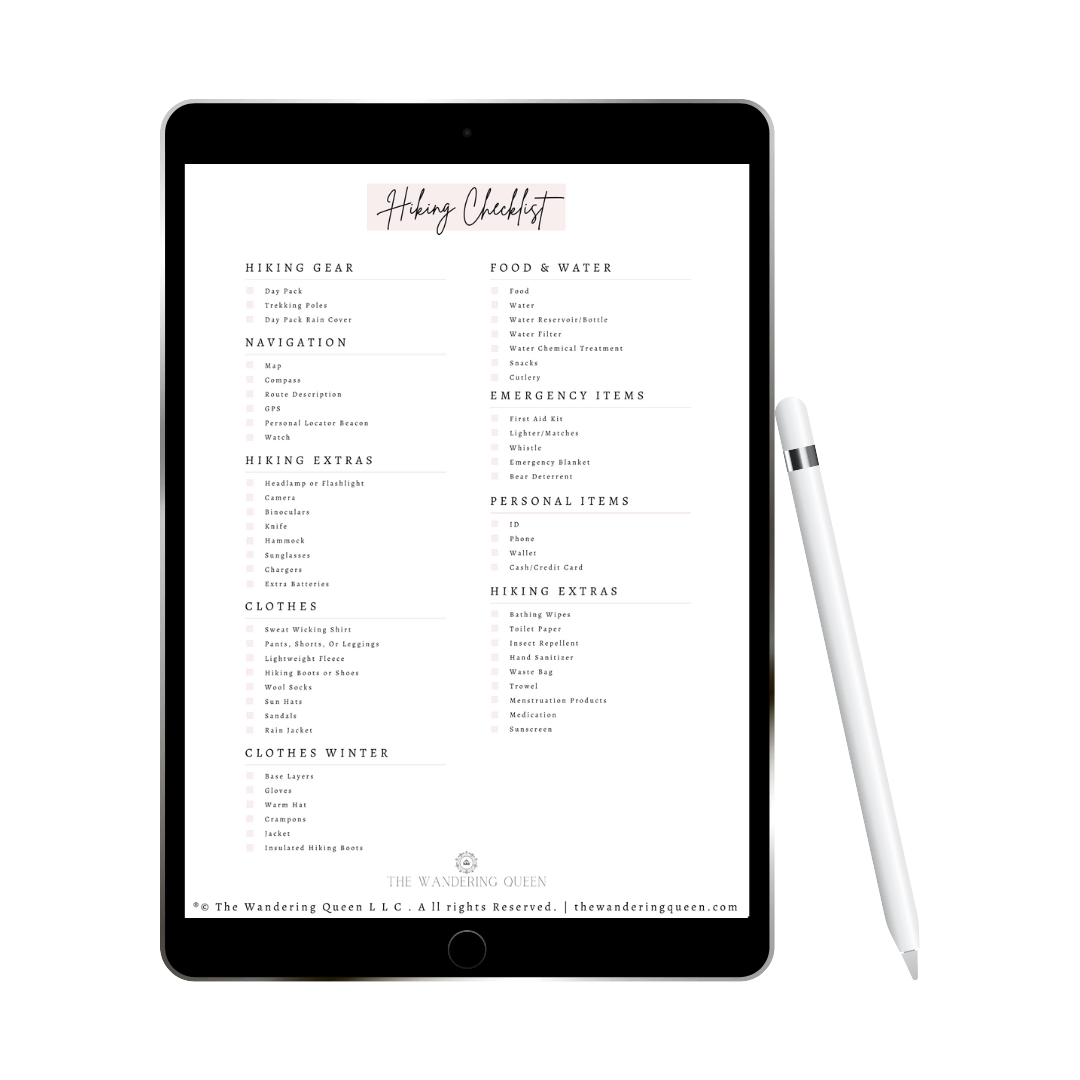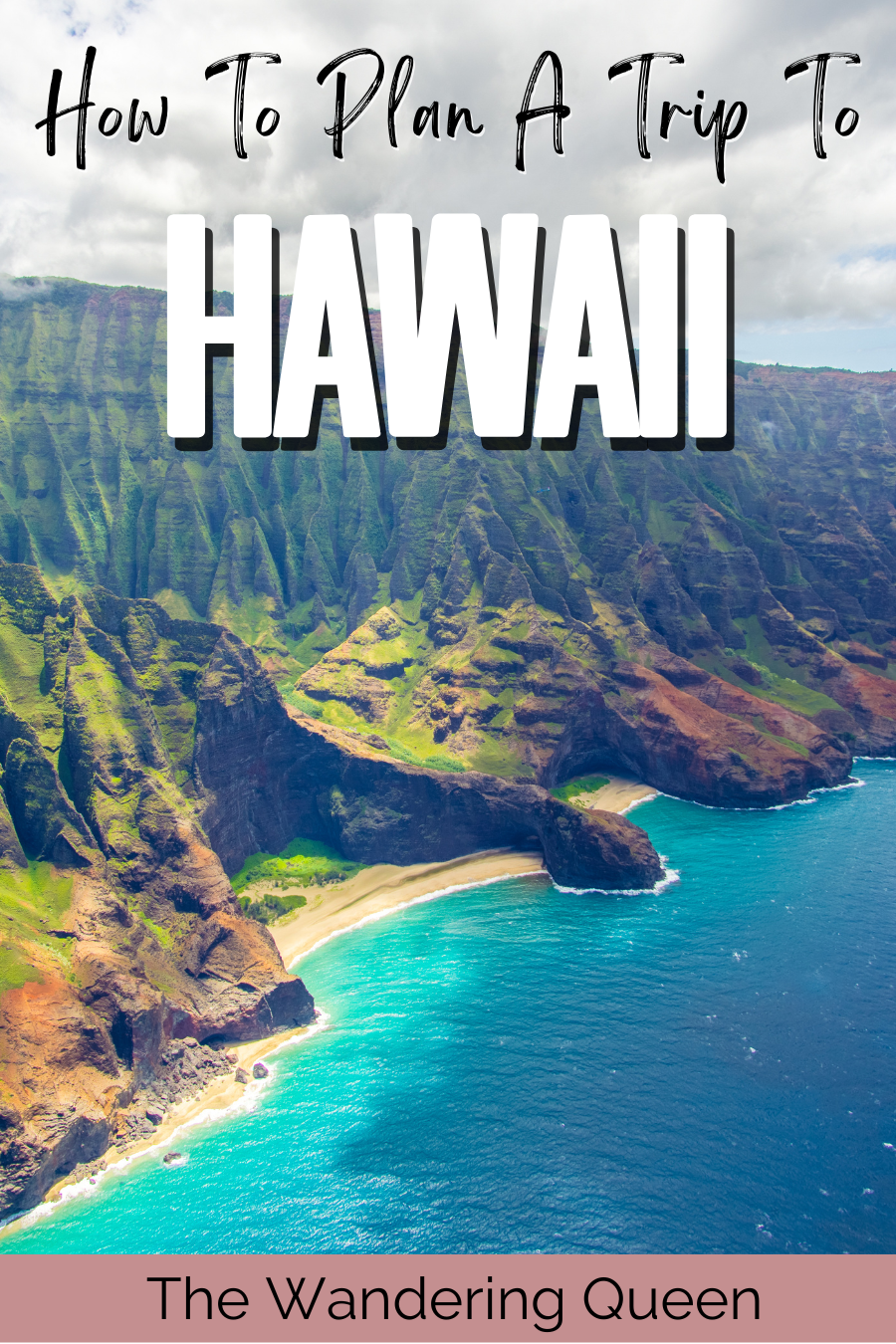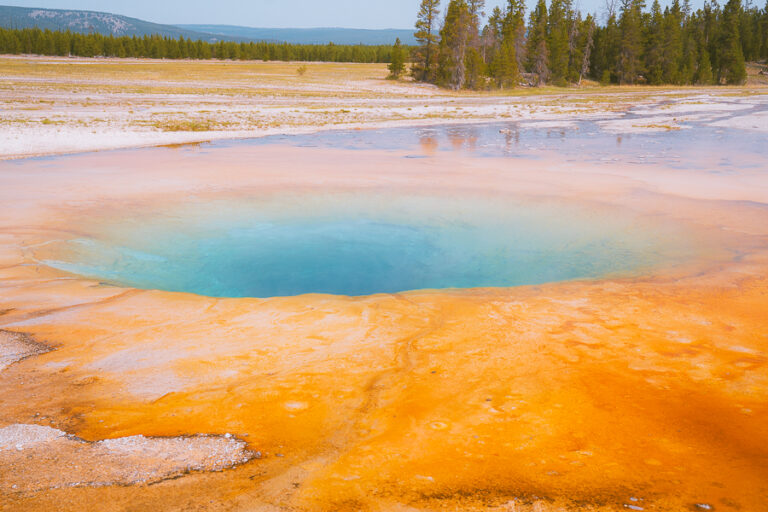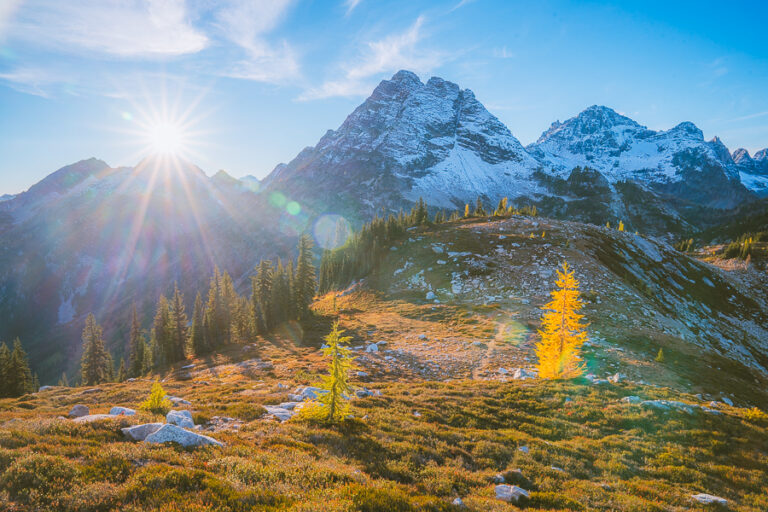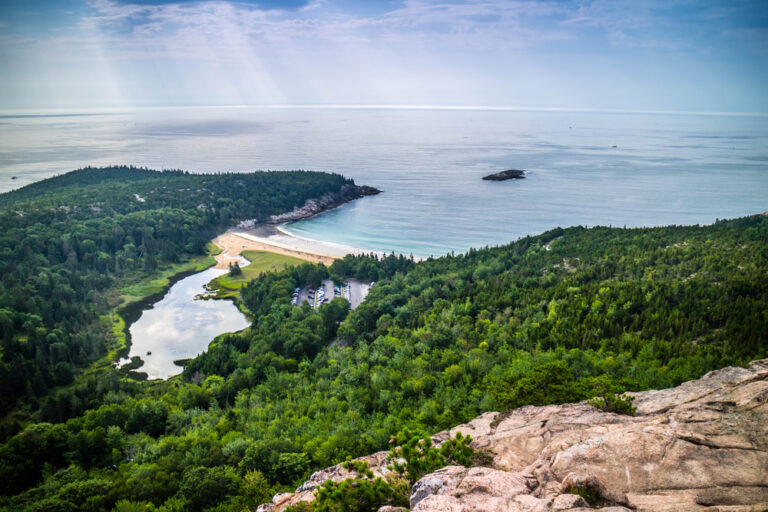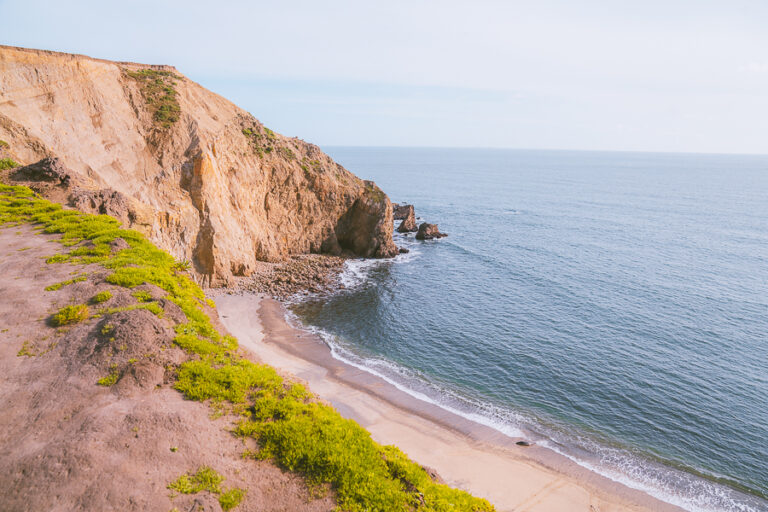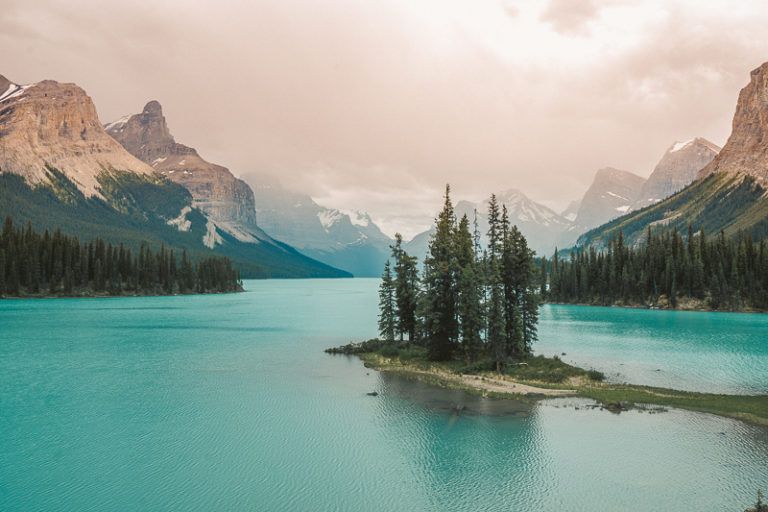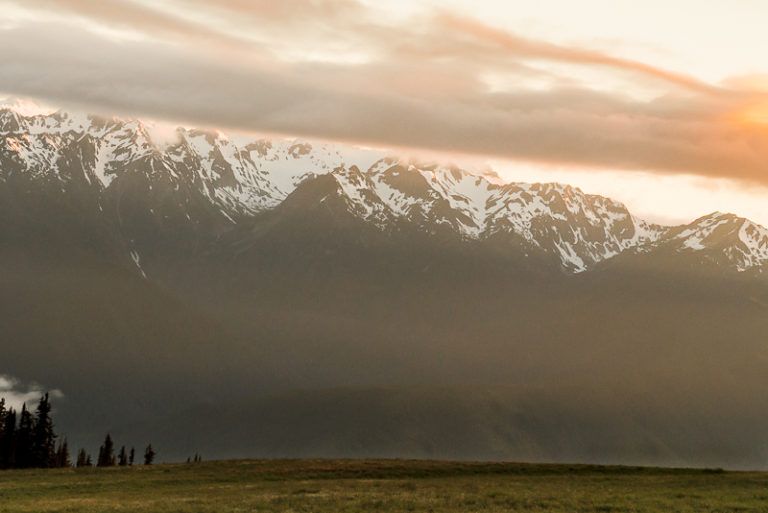How to Plan a Trip to Hawaii | Ultimate Vacation Guide
Wondering how to plan a trip to Hawaii? This comprehensive guide covers everything you’ll need to know to have a memorable time in this archipelago in the middle of the Pacific ocean.
With its magnificent volcanic landscapes, black and red sand beaches, verdant hills, and crystal clear waters, it’s no wonder why Hawaii is such a popular tourist destination. This archipelago is especially popular among holidaymakers from Asia, Australia, and the United States.
Wherever you’re traveling from, your trip will require a lot of Hawaii vacation planning. Not only because the vacation can be expensive but also because each Hawaiian island has something different to offer.
You’ll have plenty of choices to consider while planning your trip. Whether you’re traveling for the 10th or first time to Hawaii, this guide is sure to provide tips and practical information that’ll make your vacation much smoother.

Disclosure: This post contains affiliate links. If you click one of them, I may receive a small commission (for which I am very grateful for) at no extra cost to you.
How to Plan Hawaii Trips
If you’re looking for the perfect 5-day Maui itinerary or still deciding on which island to visit, this guide has you covered with all the essential details. Here’s how to plan a Hawaii trip.
Identify the Best Time to Visit Hawaii
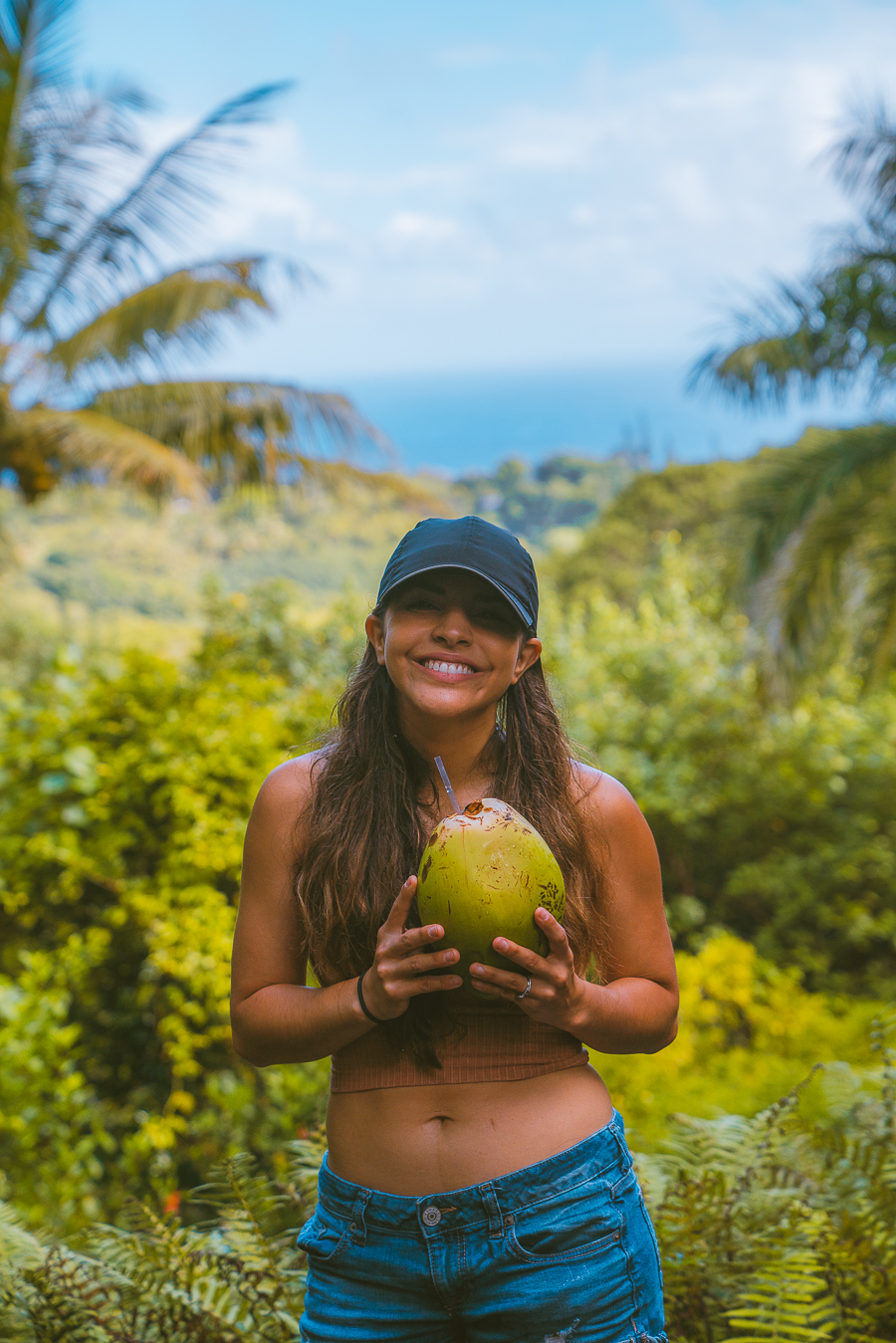
As Hawaii is situated in the tropics, the temperatures tend to be moderate and sunny year-round. This means that there’s no “bad” time to visit Hawaii.
There are, however, times that are more ideal for specific weather, tourist crowd volumes, sights, and costs.
Weather
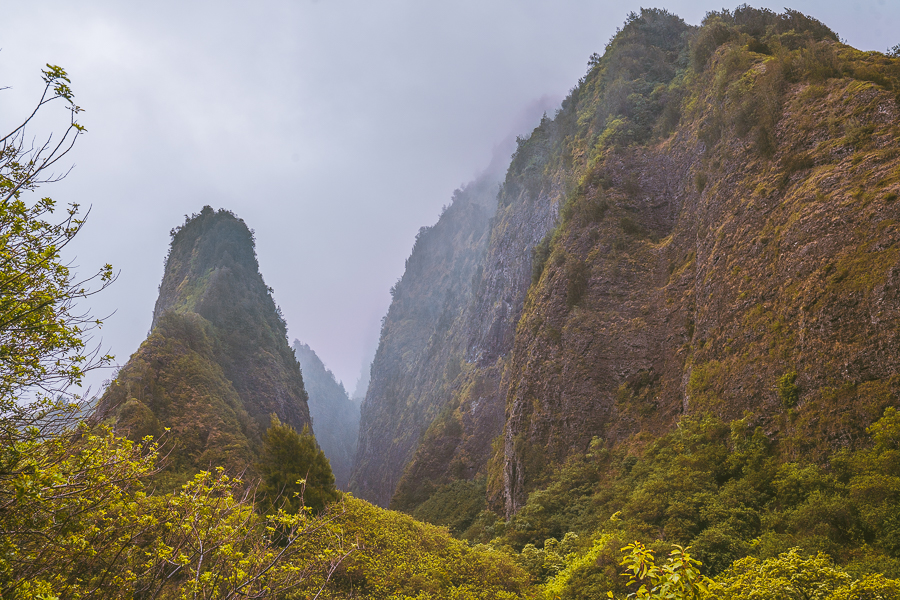
There are certain months of the year when the Hawaiian islands get more rain than average. Hawaii experiences the highest rainfall between October and January. The eastern parts of the islands experience more rain than the western parts. So you can opt to stay in the west end if you’d like to avoid the majority of the rain.
Tourist Crowd Volumes
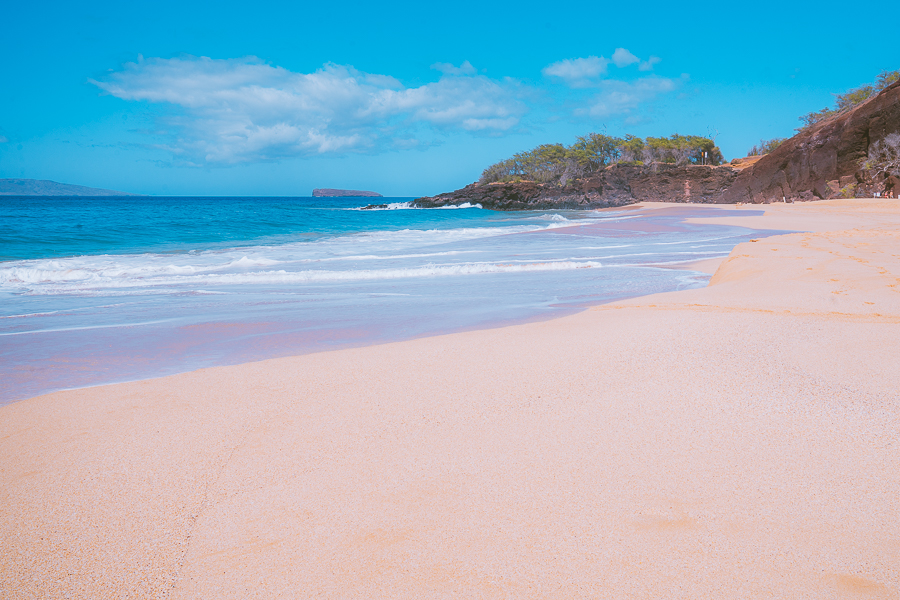
Hawaii’s peak season runs from late November to April — with crowds peaking around holidays like Christmas and New Year’s Eve. During the high season, it is much harder to find accommodation and secure your place on special tours.
So, if you’d like to avoid the tourist crowds, consider traveling to Hawaii during the shoulder months. These months include April, May, September, and October.
Cost
During the peak tourist season, accommodation, rental car, and flight prices can be much higher due to increased demand. Hawaii is quite expensive to visit as is, so if you’d like to avoid inflated costs, visit during the shoulder or off-peak season.
Hawaii Activities
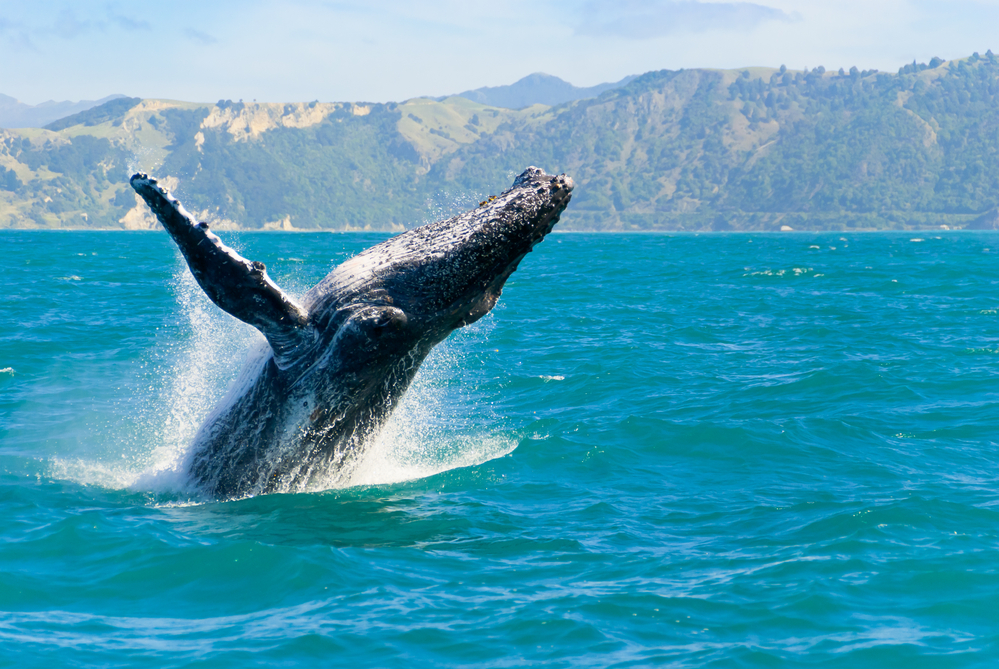
Certain attractions are best experienced at certain times of the year. If you’d like to see the migrating humpback whales, plan your visit between January and March.
In contrast, if you’re set on doing a lot of hikes or exploration, you may want to visit during the drier months to avoid slippery trails and flash floods.
Choose Which Hawaii Islands to Visit
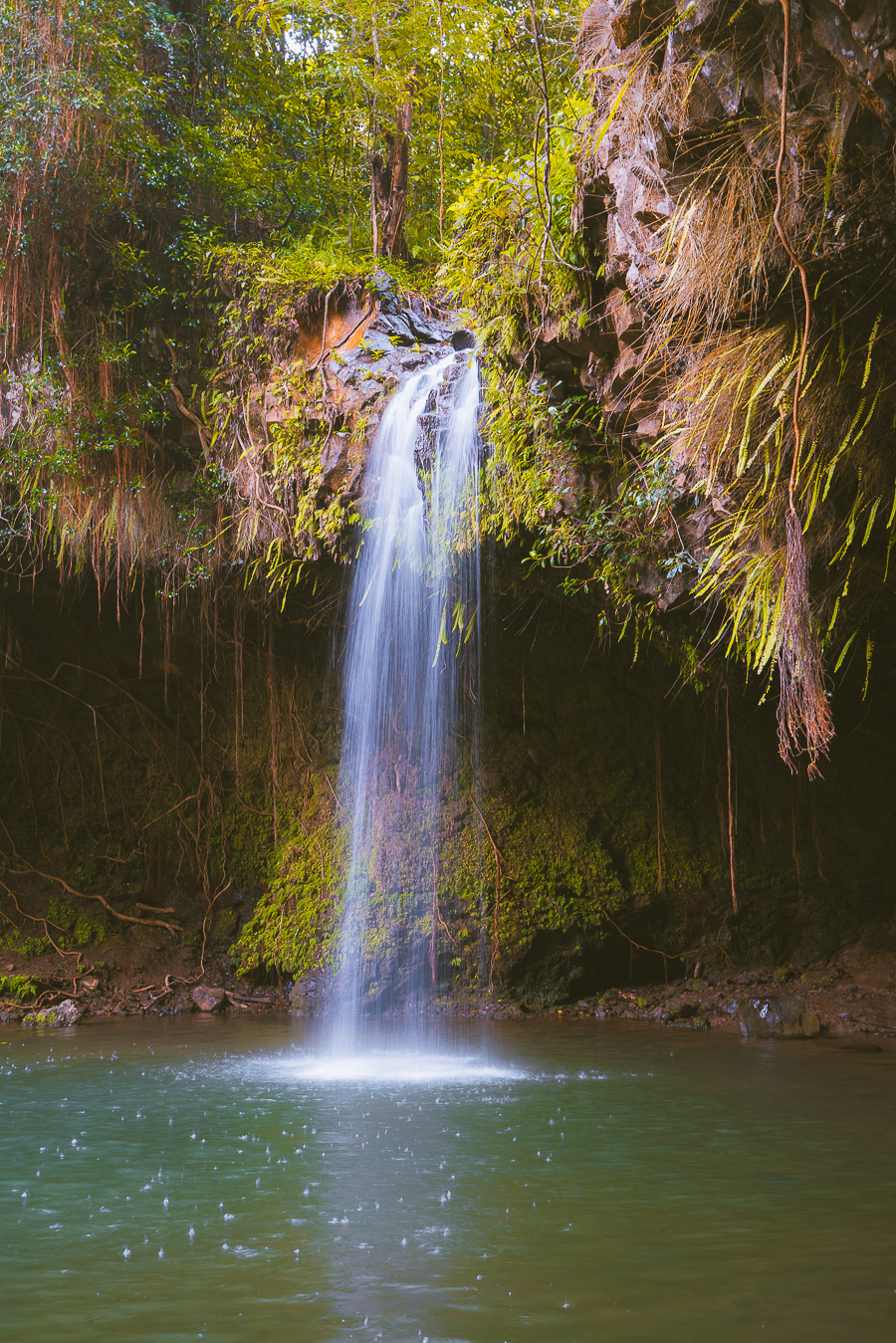
Once you’ve decided on the best time to visit Hawaii to suit your needs and budget, it’s time to decide which Hawaiian island(s) you’d like to see.
While the various islands share similar characteristics, there are a few notable differences that may impact your choice.
Below is a breakdown of the top features of the four main islands: Oahu, Maui, Big Island, and Kauai.
Oahu
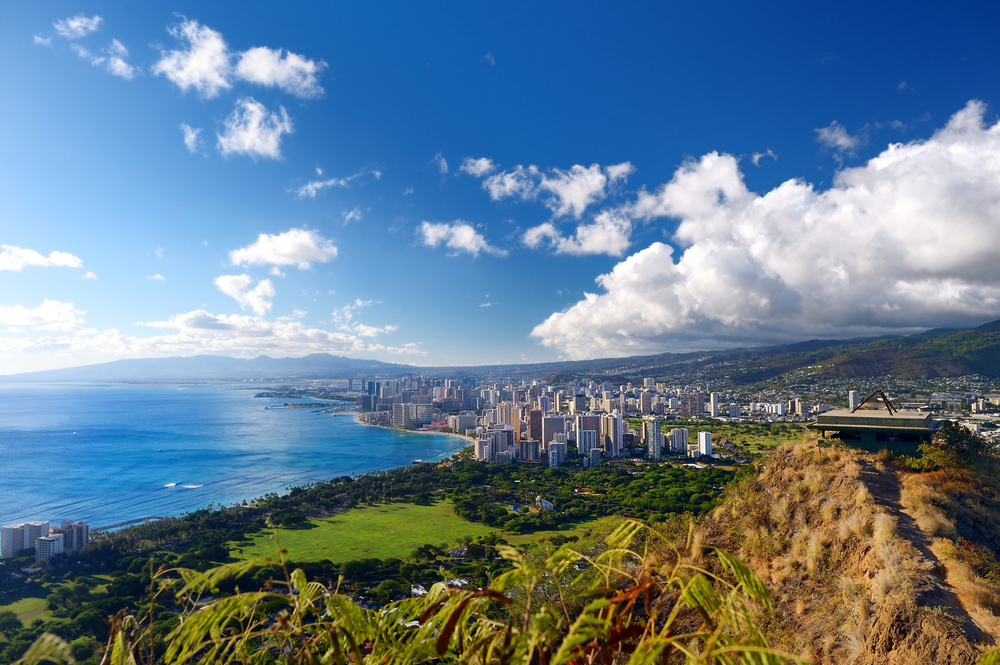
Oahu is the most developed and most visited of the Hawaiian islands and is home to the city of Honolulu and Waikiki beach. It is also host to the Honolulu International Airport (HNL).
Oahu offers a cosmopolitan feel and is ideal if you’re looking for accessible dining, shopping, and nightlife opportunities.
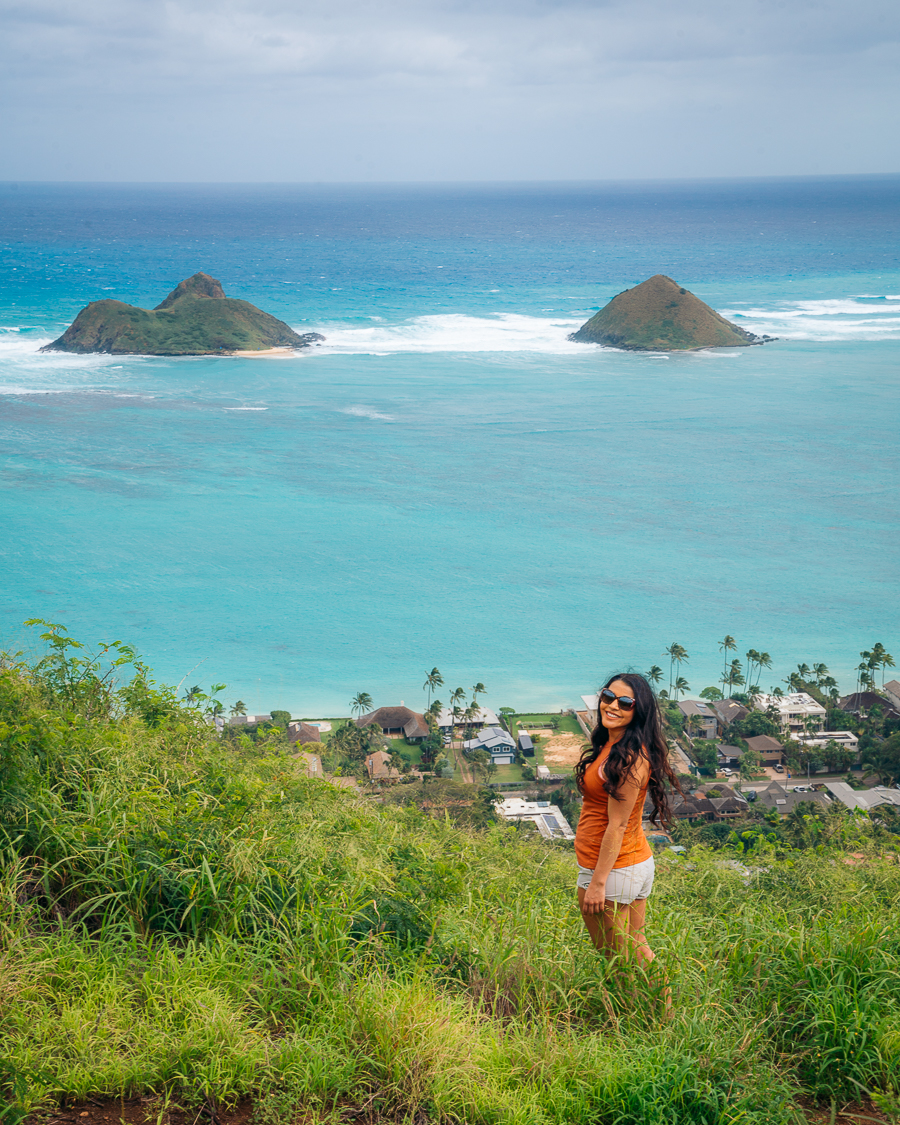
This island also has the best public transport and the Pearl Harbor National Memorial. A possible downside of Oahu is that it’s the busiest, so you’ll encounter more tourist crowds here.
Oahu
Related Posts
Maui
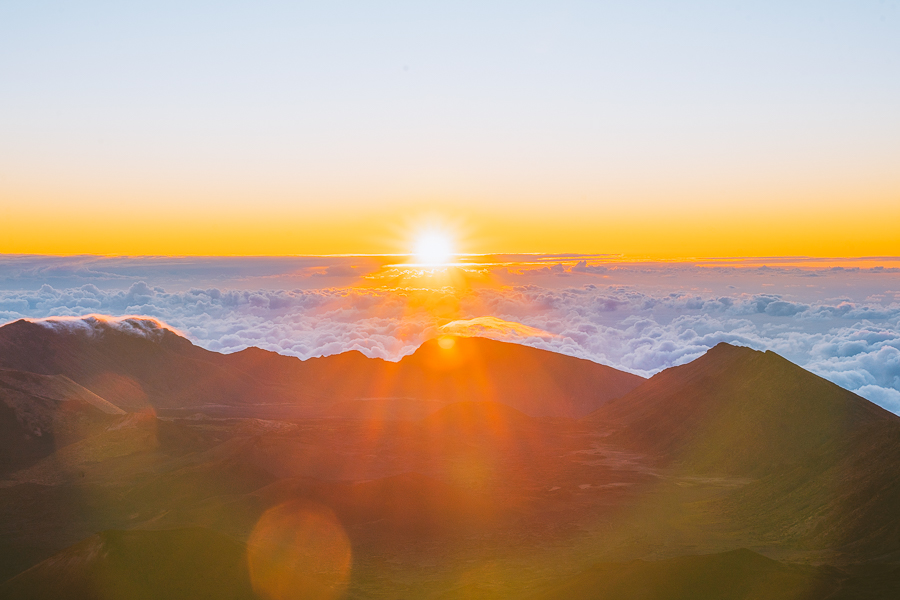
This second most frequented island in the archipelago is the perfect place to go whale watching, hiking, or seeing the most incredible sunset or sunrise of your life. Maui has the most swimmable beaches in Hawaii and has plenty of resorts and restaurants.
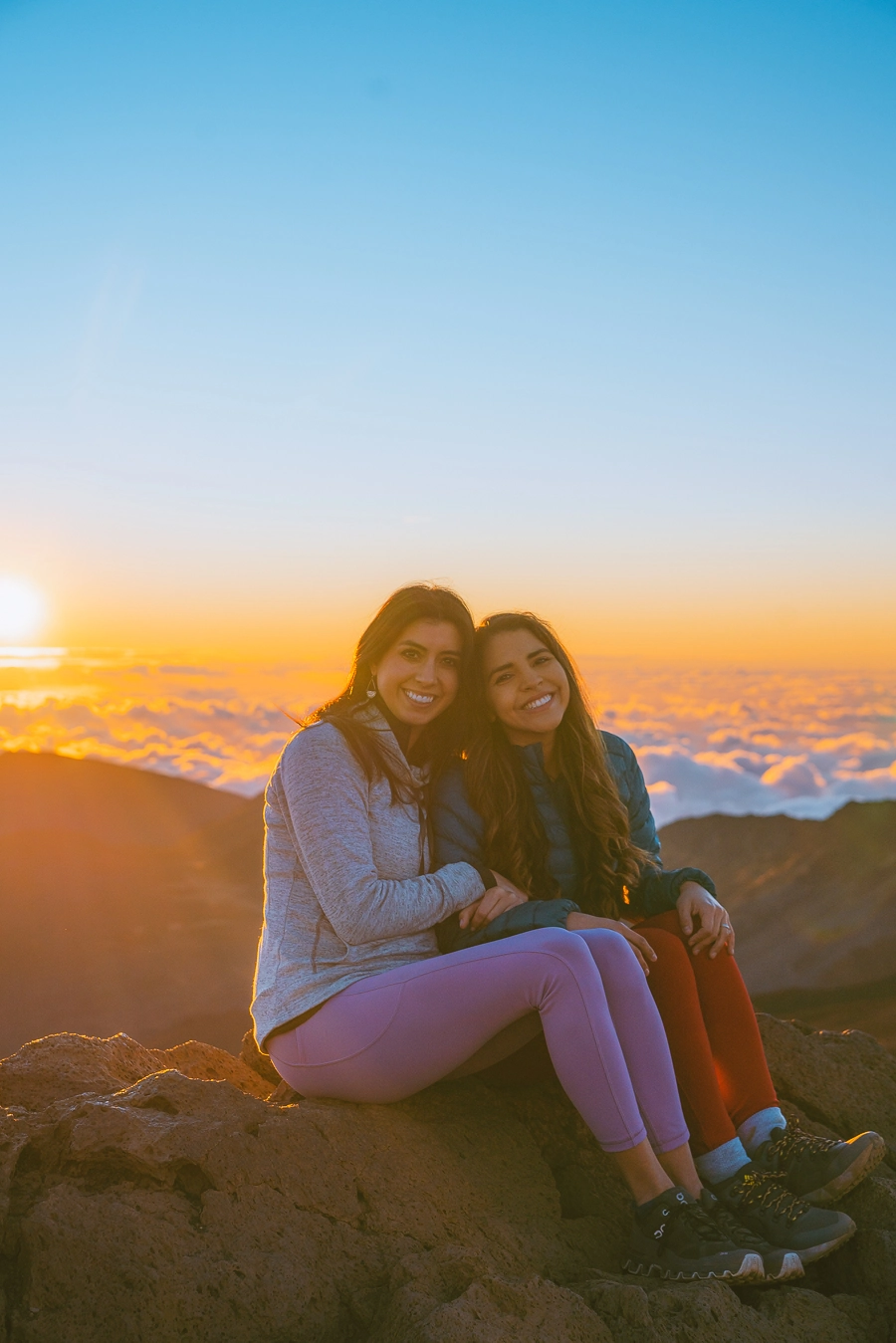
This island is home to the Haleakalā Crater, which towers 10,023 feet above the Pacific Ocean and offers some of the best sunrise or sunset views. You’ll also come across various hiking trails and the famous Road to Hana.
Maui
Related Posts
Big Island
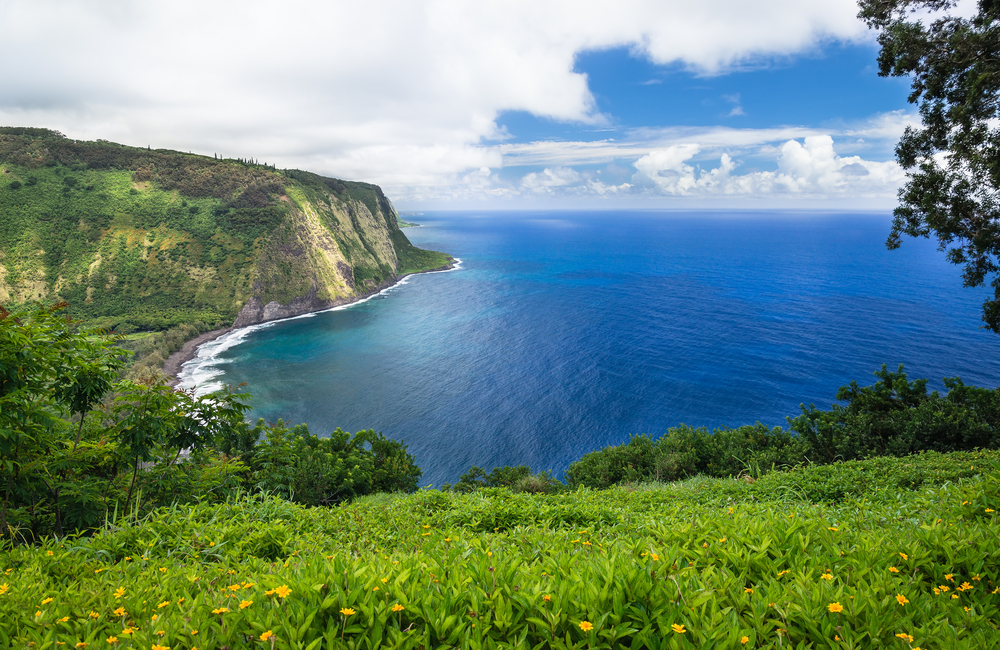
As the name mildly suggests, Big Island is the largest of all the islands and has two active volcanoes; Kilauea and Mauna Loa. This island features contrasting landscapes of lush forests, dramatic cliffs, waterfalls, and snow-capped mountains.
This Hawaiian island is a popular spot for snorkeling and swimming with Manta Rays.
Kauai
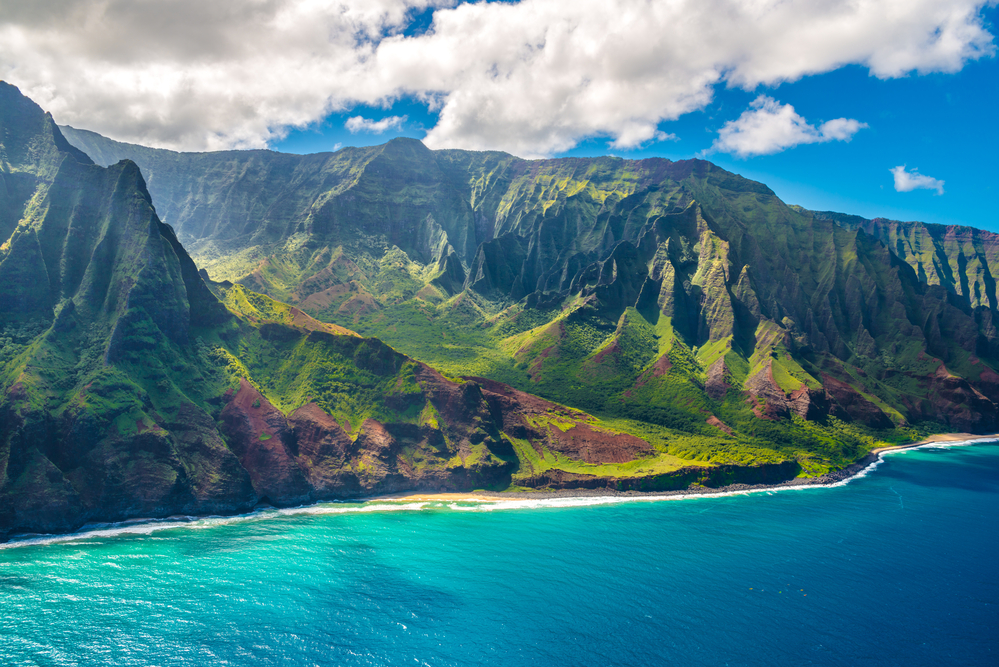
Known as The Garden Isle, Kauai is a lush island brimming with verdant and jagged cliffs, waterfalls, spectacular canyons, and hiking trails. This island is less developed than Oahu or Maui, which is evident in the seemingly slower pace of life. Yet, it’s still a famous Hawaii island that’ll be well worth the visit.
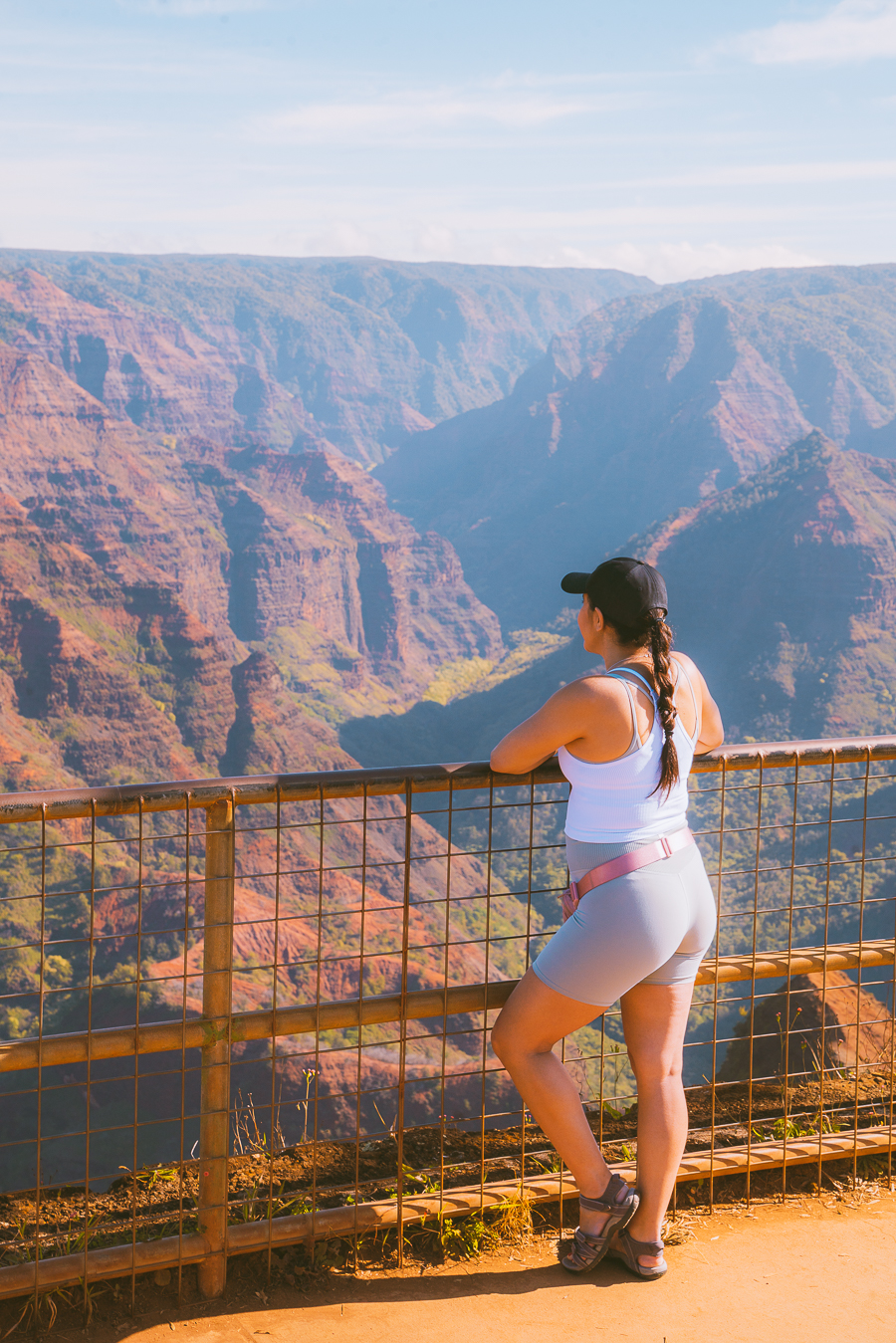
Maui
Related Posts
Smaller Islands
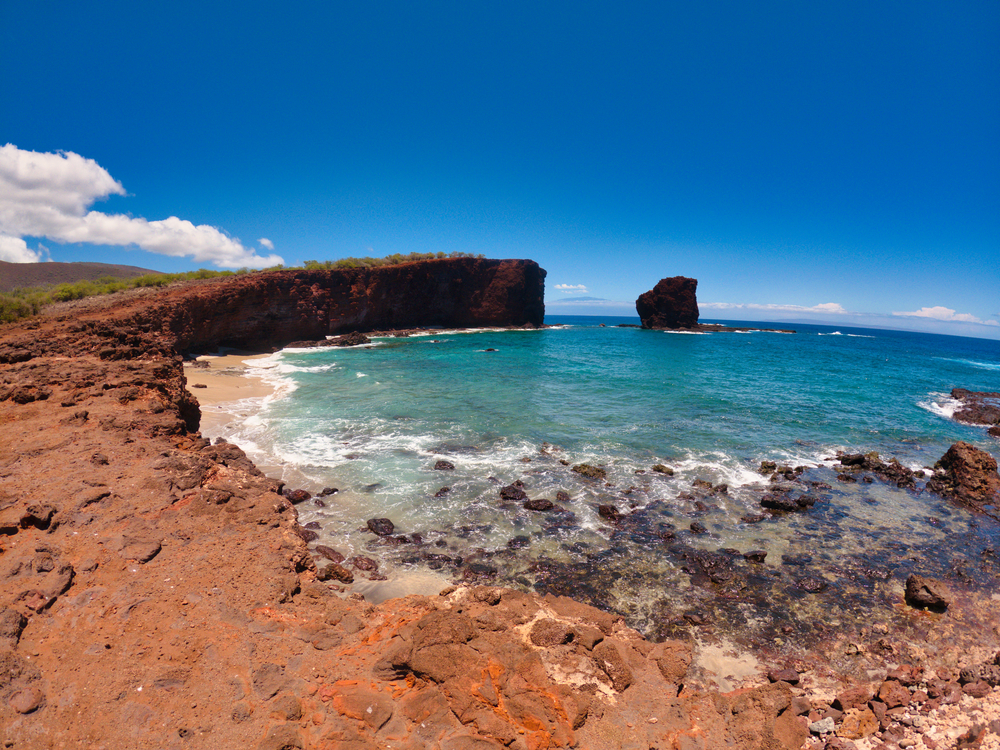
It may be harder to find accommodation or activities on these less frequented and smaller islands, but they’re worth knowing about and possibly visiting.
The Hawaiian island of Lanai can be reached on a one-hour ferry from Maui, making it ideal for a scenic day trip. Lanai island was once a pineapple plantation. Today there are a few hotels and little else. The biggest perk of basing here is the seclusion from large crowds and a more unique Hawaiian experience.
Visit Molokai if you’d like a more authentic look into daily Hawaiian life, as this island is mainly occupied by native Hawaiians. This Hawaiian island is also home to the leper colony of Kalaupapa.
Decide How Many Days to Spend in Hawaii
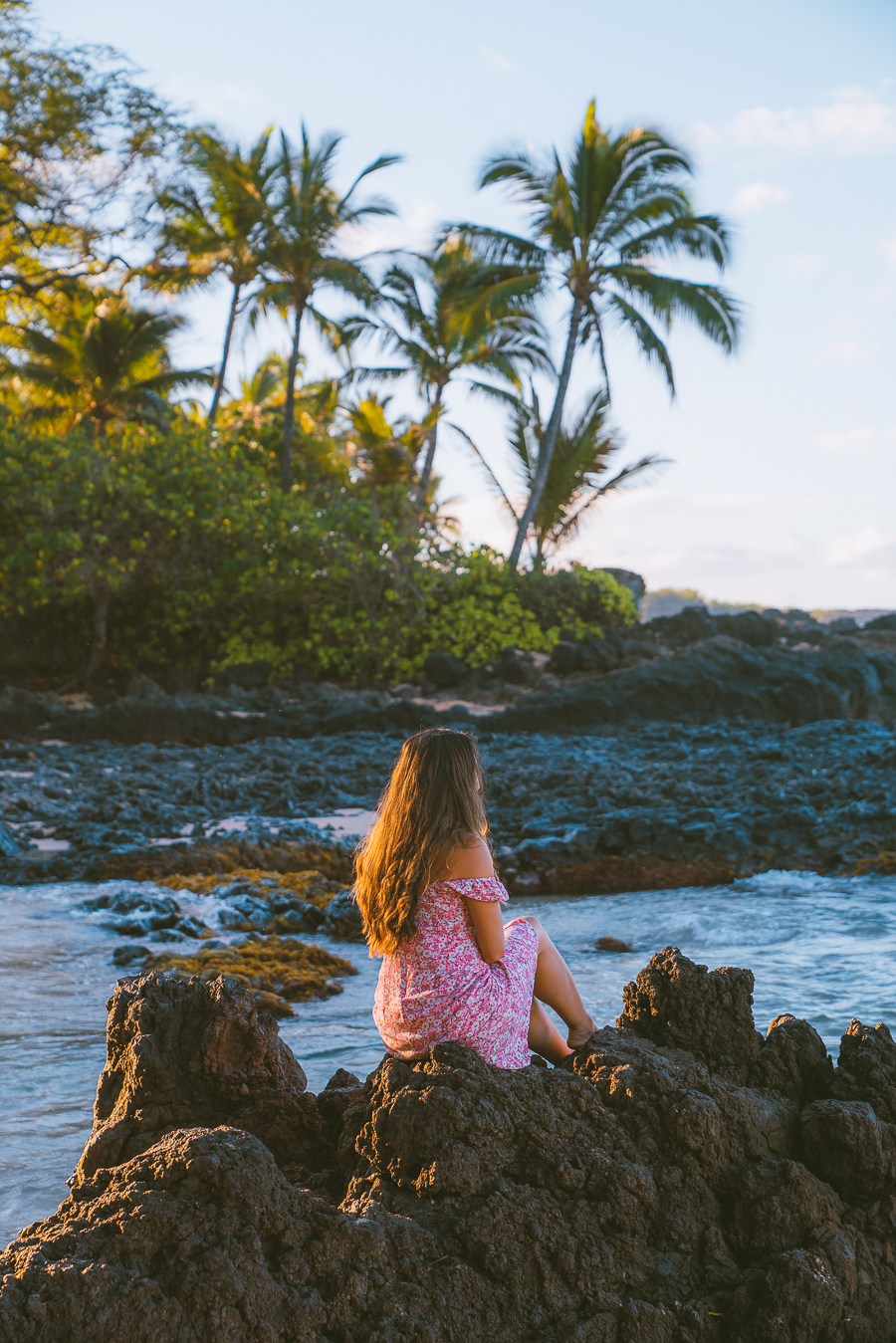
Once you know which Hawaiian islands you’d like to visit, you’ll need to decide how many days to spend in the archipelago. It is possible to spend a mere 4-5 days in Hawaii. But the flight to the islands is long, so you may as well stay a few more days.
A minimum of seven days is recommended to enjoy the activities and natural beauty.
Each of the main islands has plenty to do and can easily take up an entire week. Inter-island flights can take up half a day and be quite exhausting, so it’s not recommended that you visit more than one island in a week.
If you plan on visiting multiple islands, you’ll want to stay longer than seven days.
Grab Your Free Car Camping Checklist! 🚗🌲
Ready to elevate your car camping game? Snag our essential checklist to ensure you’ve got everything you need for a stress-free, fun-filled adventure! Perfect for beginners and seasoned campers alike. Download now and hit the road prepared! 🌟🎒
Decide Where to Stay in Hawaii
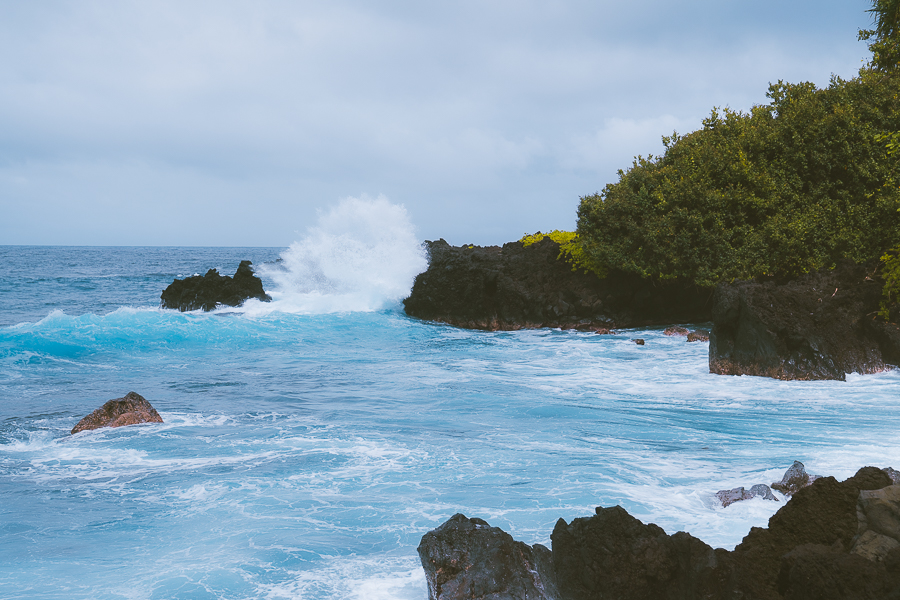
One thing to remember when considering where to stay in Hawaii is that each Hawaiian island has a rainier east (or windward) side and a drier west (leeward) side.
The rainier east side usually has a more lush, green landscape of forests and waterfalls, while you’ll usually find some of the best beaches on the western side. So, the side you choose to stay on will depend on which type of activities you’d like to focus on.
Your choice of where to stay will also depend on your budget. Accommodations closer to the coast and main attractions will usually cost much more than those further inland. The inland accommodations are generally much quieter, which is ideal if you’re seeking a tranquil getaway.
There are different options for staying in Hawaii to accommodate every budget.
Camping
If you’d like to take the more adventurous route and save some money, camping in Hawaii is the best way to do so. Camping is an excellent option if you’re planning on being out and about all day exploring the landscape and sampling food from local vendors and restaurants.
There are multiple campsites based in State Parks across the archipelago. The average price for a campsite ranges between $18 to $30 a night. Campgrounds are quite safe but naturally don’t offer as many amenities as a hotel would. Have a look at this guide to the best camping cooking gear to consider purchasing for your trip to Hawaii.
Some state parks worth considering for camping in Hawaii are:
- Oahu: Sand Island State Recreation Area and Ahupuaʻa ʻO Kahana State Park
- Big Island: Kiholo State Park Reserve
- Maui: Waiʻānapanapa State Park
- Kauai: Nā Pali Coast State Wilderness Park
Keep in mind that you’ll have to book a camping permit online well ahead of time. You’ll also want to ensure that you bring a waterproof tent in case of any downpours.
Perhaps the most significant thing of all to consider is that campgrounds are closed on Wednesdays and Thursdays. So you’ll either have to plan to arrive on a Friday or book a hotel for those two off days.
Tip: Have a look at this guide to camping for beginners if you’re new to the world of camping.
Self-Catering Accommodation
Another more budget-friendly way to enjoy a holiday in Hawaii is to book self-catering accommodation. This way, you’ll be able to prepare your own meals instead of paying hefty restaurant prices. This is especially ideal if you’re traveling with family.
You can opt for a hotel room with a kitchenette, such as Kuhio Banyan Hotel, or rent an apartment for larger groups.
Hotels & Resorts
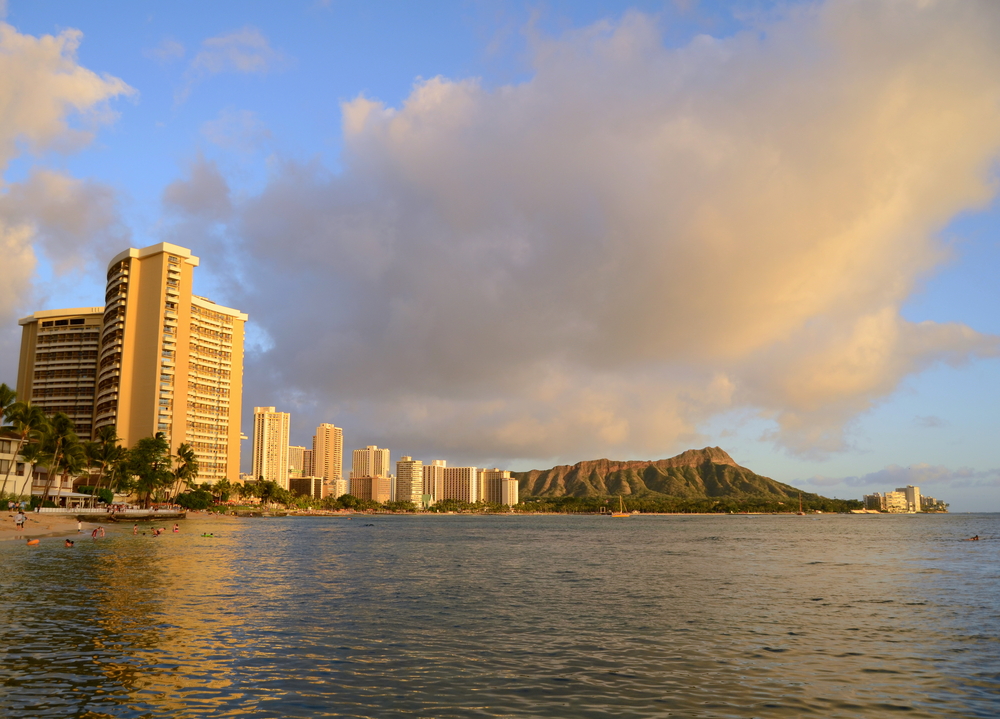
The most popular option in Hawaii is to stay at a hotel or resort. This is an excellent choice if you’re looking to bathe in the sun while sipping Mai Tais and enjoying the scenery. Hotels and resorts offer all the luxuries and amenities necessary to make your stay as carefree as possible.
Below are a few top hotel options in the Hawaii archipelago:
- Hilo Vacation Rental (Budget): If you’d like to stay a bit away from the bustle, Hilo Vacation Rental offers a clean, spacious room with a shared bathroom, kitchen, and lounge. It’s a great way to meet like-minded travelers and is close to attractions like Mauna Kea State Recreation Area and Rainbow Falls on Big Island.
- Hilton Garden Inn (Mid Range): Situated a mere five minutes away from Oahu’s Waikiki beach, Hilton Garden Inn offers an on-site pool, gym, and work area. It’s also close to the International Market Place shopping center, where you’re sure to find some excellent souvenirs.
- The Westin Hapuna Beach Resort (Luxury): Offering incredible seaside views and sitting steps away from Hapuna Beach, the Westin Hapuna Beach Resort provides a world-class experience. You’ll have access to a spa, gym, and activities like golf and snorkeling.
Download my free Outdoor Photography Guide
Plan Activities Ahead of Time
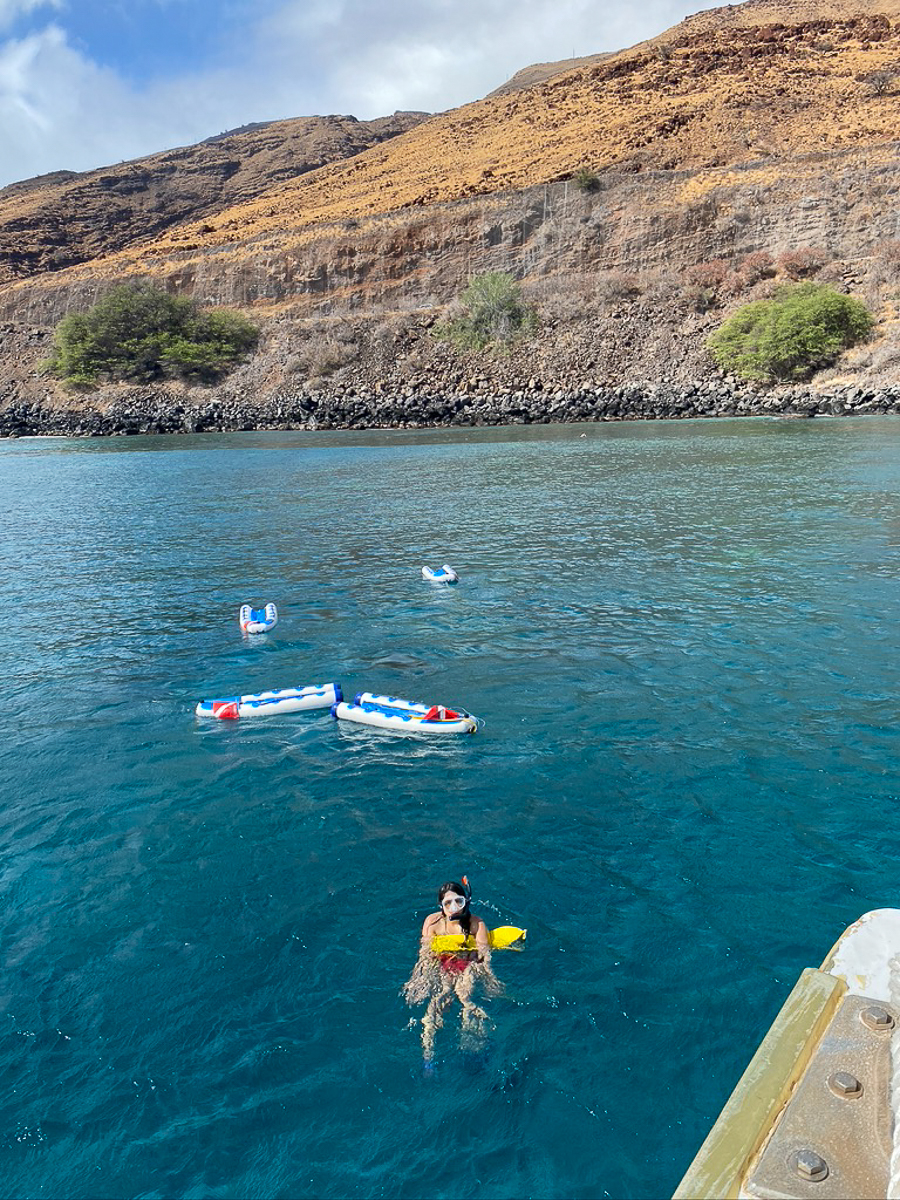
It’s best to plan your Hawaii activities ahead of time so that all you have to worry about is showing up. For the best experience, be sure to book your entry tickets, restaurant seatings, and tours in advance. This is especially important if you plan on visiting during the high season.
The last thing you want is to show up to a restaurant or tour only to be told that it’s fully booked weeks in advance. So, decide which activities you’d be most interested in and consider booking at least a month ahead.
Below are some of the top tours and activities to consider adding to your Hawaii trip planner:
- Take a tour of Pearl Harbor and Downtown Honolulu.
- See Oahu on a helicopter tour.
- Go on a Turtle Canyons snorkel excursion.
- Take a full-day Road to Hana tour.
- Go ziplining through Maui.
- View the sunrise from the Haleakalā Crater.
- Go snorkeling with Manta Rays on Big Island.
- Enjoy a traditional Hawaiian Luau.
Keep in mind that it’s best not to pack your days full of activities and tours. Try to leave some downtime in your day for exploration and relaxation.
What to Pack for Hawaii
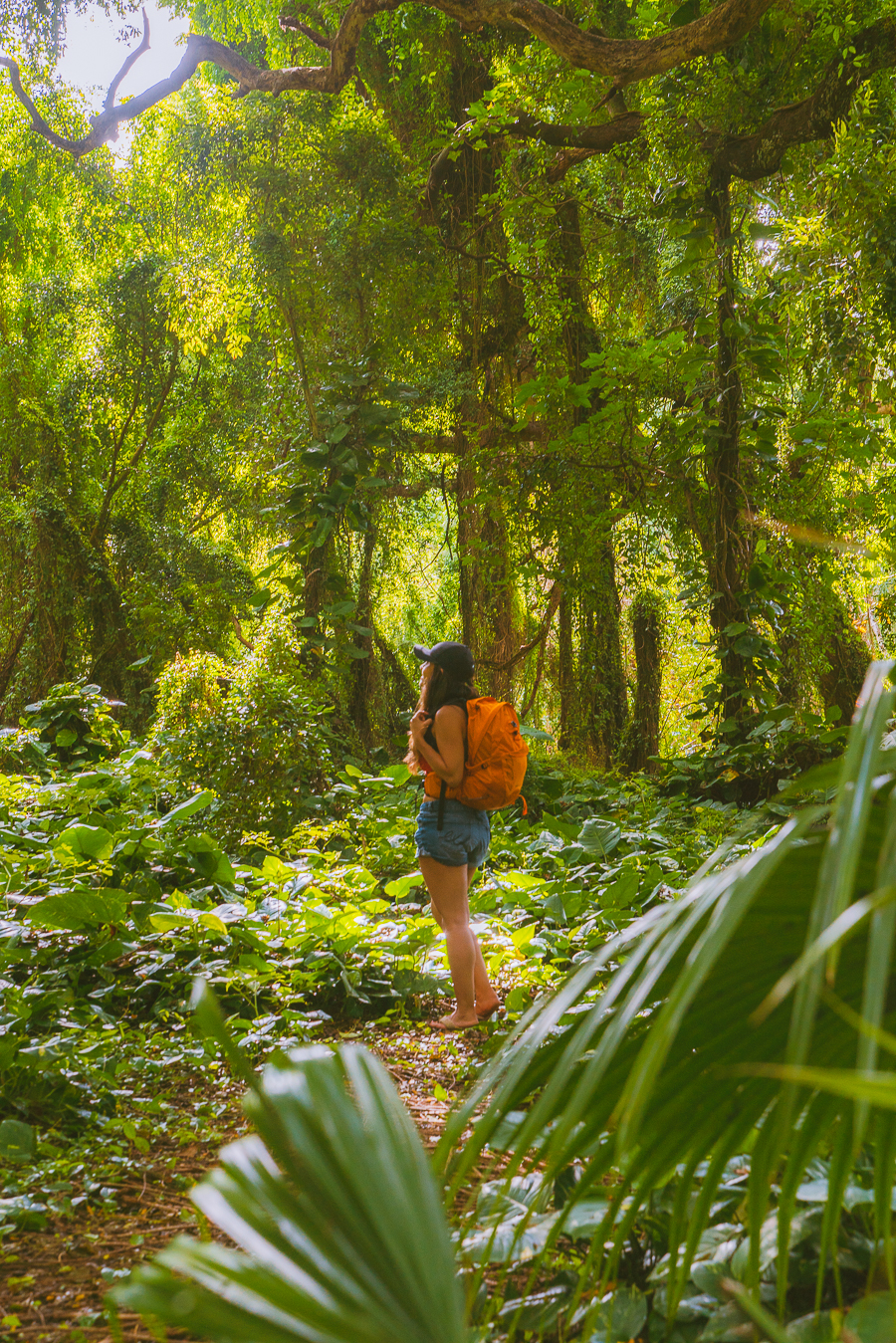
With your itinerary and destination sorted, it’s time to get packing. Below are some of the essentials to pack for a comfortable Hawaii holiday. Don’t worry about packing anything fancy, as the dress code in Hawaii is quite casual.
- Lightweight clothing like shorts, dresses, light cover-ups, and t-shirts
- At least two bathing suits, so you always have a clean one ready.
- A warmer set of clothes for exploring higher elevation areas and early morning sightseeing and adventures.
- A fleece or down jacket if you plan to visit Hawaii in winter or view the sunrise at Haleakalā Crater.
- Comfortable hiking sandals or hiking boots: paths to certain beaches can be pretty rough and uncomfortable to brave with regular sandals.
- A sun hat
- Comfortable flats for special occasions like dinners
Additional items:
- Reef safe sunscreen
- Reusable water bottle
- Reusable shopping bags
- A good daypack for hikes and adventures
- Packing cubes to organize your suitcase
- Quick dry beach towel
Booking Your Flight to Hawaii
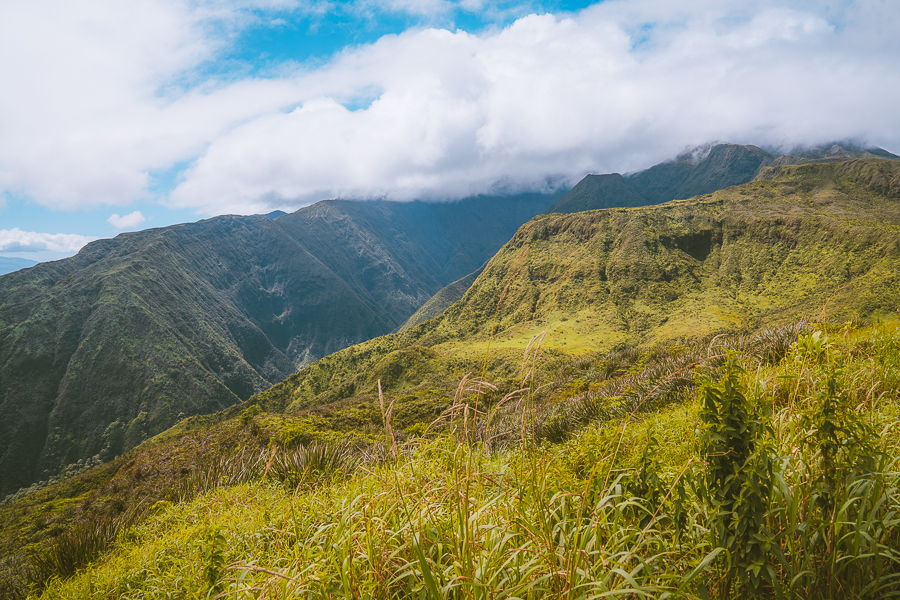
The main airport in Hawaii is Honolulu International Airport (HNL) on Oahu island. This airport services domestic and international flights. Hawaiian Airlines offers direct flights between the US and the major Hawaiian islands of Oahu, Maui, Kauai, and Hawaii.
A round-trip ticket to Hawaii will cost you roughly $500 if departing from the west coast — with California offering the most competitive prices. Trips from the west coast last around 5-6 hours. This will significantly vary depending on the time of year you choose to visit and whether you’re flying from further inland.
If you’re looking to save some money, it may be better to book your flight for the low or shoulder seasons. Try to book ahead and between Monday and Thursday when prices are lower.
Getting Around Hawaii
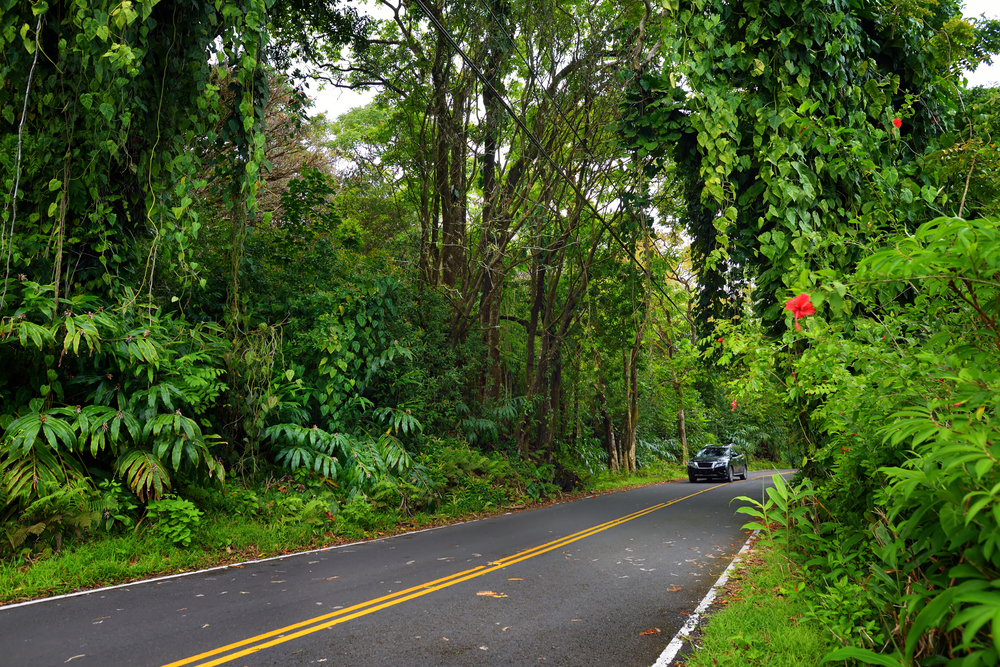
One of the best ways to get around Hawaii is by renting a car. This will allow you to explore at your own pace, reach off-the-beaten-track locations, and save money on extensive taxi fares for long distances.
You’ll find many major car rental companies based on the main Hawaiian islands. These companies offer a rental car for less than $150 a day. If you’re traveling to Hawaii during peak season, consider reserving a car well ahead of time. This will allow you to get the vehicle of your choice at a more affordable price.
There are ride-share companies like Uber and Lyft available on the major islands for shorter trips. These usually cost less than the local taxis.
Despite the islands being reasonably close to each other, there are very few ferries running between islands. So, if you’d like to explore more than one island on your Hawaii vacation, you’ll have to book a flight to the neighboring island of your choice.
There are frequent, affordable flights running between the islands that last around 30-45 minutes. These can cost as little as $40 for a direct flight.
Tip: Only rent a car on days when you’re traveling further distances. If you’re spending the day around a specific area where the vehicle will just be standing, you’ll be racking up unnecessary parking fees.
Hawaii Travel Rules
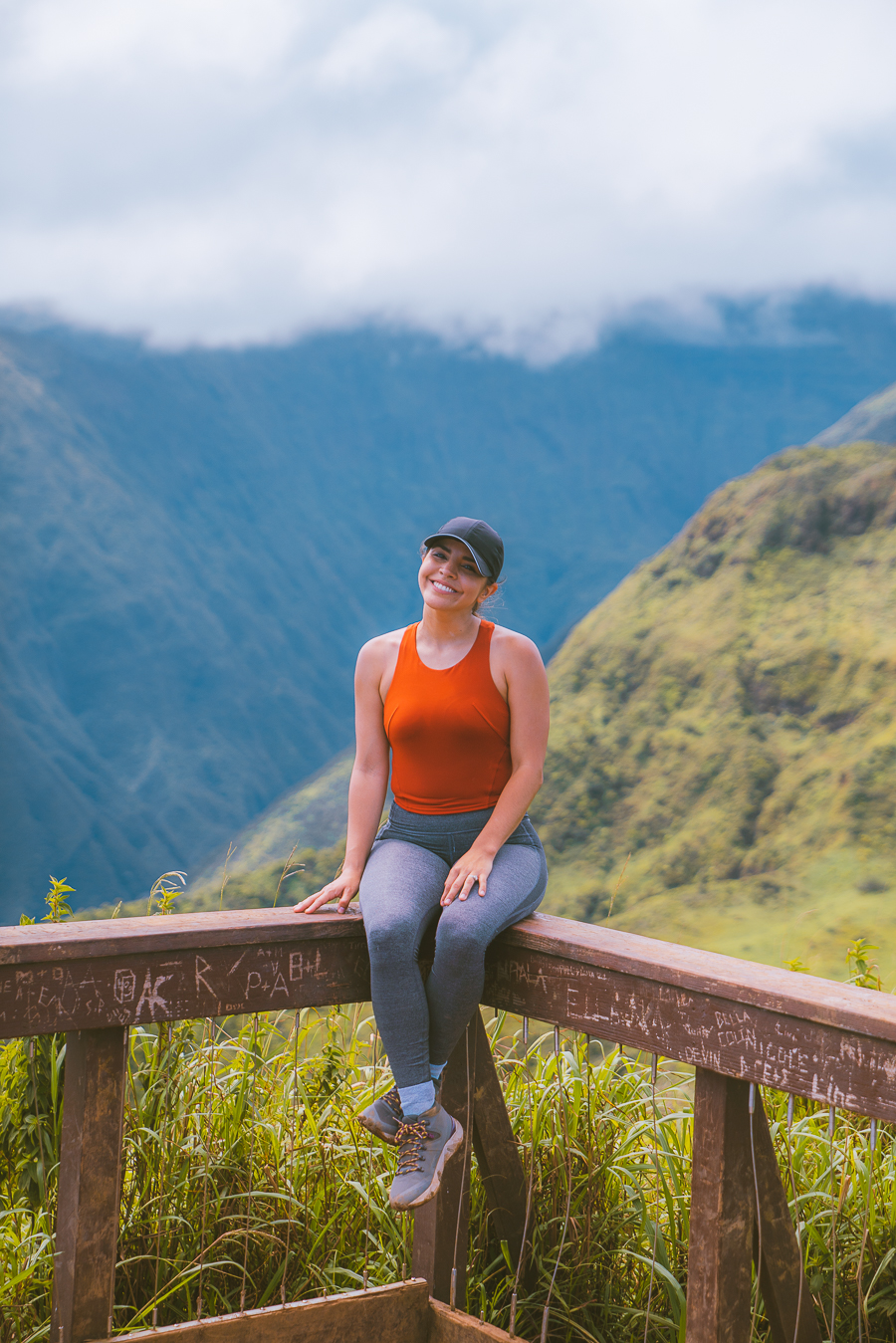
It is important to know the Hawaii travel rules before your visit so that you arrive prepared and avoid getting into any trouble. Below are some fundamental rules to keep in mind.
- Hawaii no longer requests proof of vaccination or a negative Covid-19 test result from U.S. citizens. If you’re traveling to Hawaii from outside the U.S., you’ll still have to present a negative Covid test.
- There are no longer any mask mandates as of March 2022, but some businesses may still request that you wear one.
- In order to protect the coral reefs, Hawaii has banned the use and sale of sunscreens with coral-harming chemicals. These chemicals include oxybenzone and octinoxate. Be sure to pack reef-safe sunscreen.
- It is illegal to touch or get too close to Hawaii wildlife. You’re recommended to stay at least 10 feet from turtles and 50 feet from Monk Seals. You’ll also have to keep at least 50 yards between yourself and any spinner dolphins.
- Hawaii has implemented a ban on plastic bags. Be sure to bring your own shopping bag when heading to the grocery store to help reduce plastic waste.
- Pay attention to road signs, and don’t park illegally for the sake of getting the perfect shot. This is especially a problem on the busy Road to Hana and can cause unnecessary traffic jams or worse.
- Littering is a criminal offense and can result in a fine. Be sure to practice the principles of “leave no trace” to ensure you’re not committing any harm to the environment.
Helpful Hawaii Travel Tips
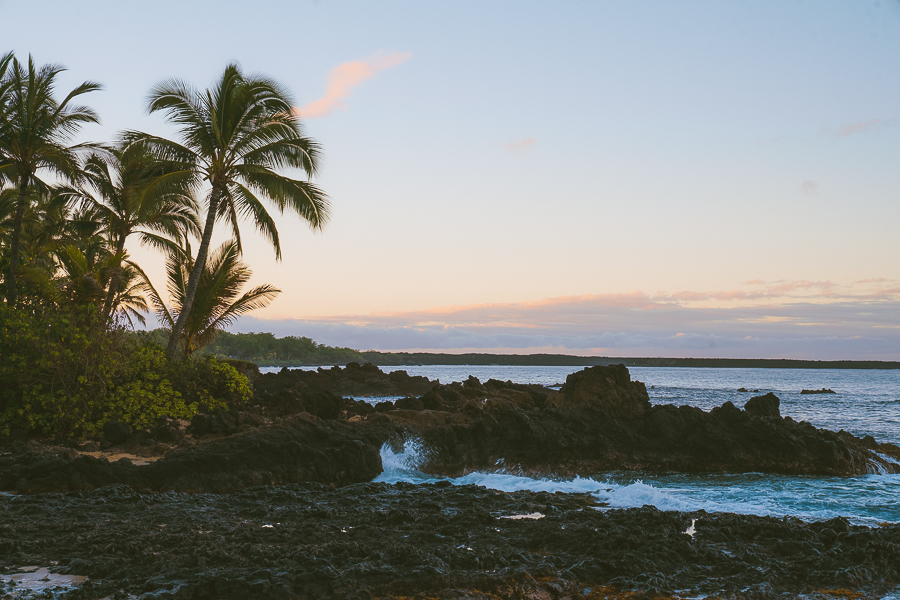
This guide has covered quite a few Hawaii travel tips already, but here’s a summary of some of the top tips for the ultimate getaway.
- As Hawaii is one of the top tourist destinations, a Hawaiian vacation will be expensive. Save up well ahead of time, so you have enough money to enjoy your stay fully.
- Visit during the shoulder season months of April, May, September, and October to avoid large crowds and inflated prices.
- If you’re heading to popular areas like the Upcountry and Road to Hana in Maui, you may want to book your accommodation well ahead of time.
- If you’d like to save money while visiting Hawaii, rent a self-catering apartment instead of hotel rooms and prepare your own meals.
- If you are cooking for yourself, consider buying fresh produce from farmers’ markets instead of supermarkets. The farmers’ markets are usually more affordable, and you’ll support local farmers directly.
- Honolulu Airport (also known as Daniel K. Inouye International Airport) is not the only airport in Hawaii. There are direct flights between the US and the main Hawaii islands. So you can save time and money by flying directly to your chosen island.
- Restaurant prices can be quite hefty. Save some money by buying a few meals from the exciting food trucks found across the islands. Elena’s Lunchwagons and Giovanni’s Original White Shrimp Truck are two popular options on Oahu.
- The ocean can be ultra unpredictable. Never turn your back on the water, and don’t risk swimming on beaches with warning signs.
Final Thoughts on Planning a Trip to Hawaii 2022
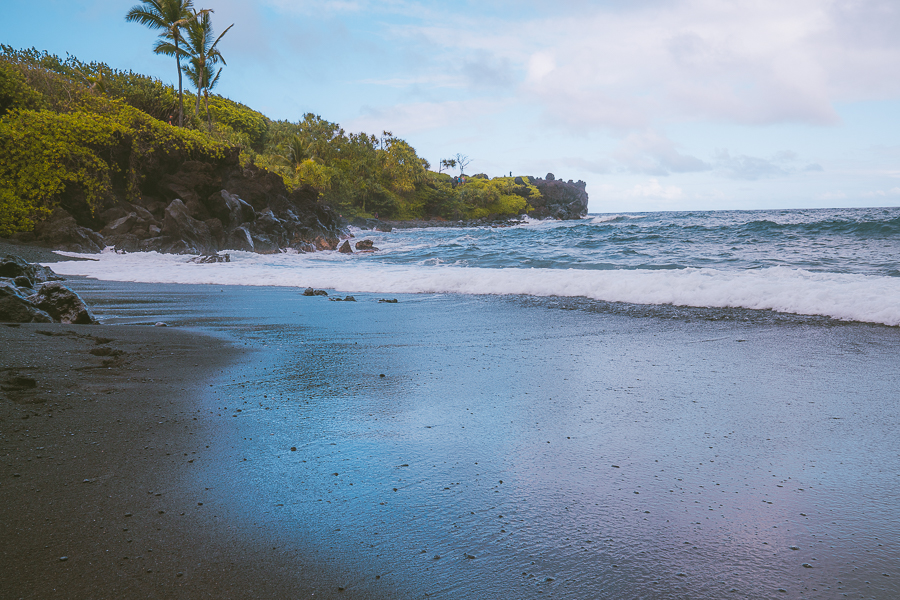
Now you know how to plan a trip to Hawaii; it’s time to get traveling. There is so much to do on the Hawaiian islands that you’ll be planning your next trip to Hawaii before you’ve even left the island.
Whether you choose to rough it out in a tent or experience the ultimate luxury at one of the many resorts and hotels, you’re sure to have a memorable time.
Hawaii is brimming with beauty, so be sure to bring along your best camera gear for hiking and exploring this idyllic vacation destination.

Claim your FREE Hiking Checklist
Ready to start hiking? Grab my free hiking checklist and never forget anything at home!
